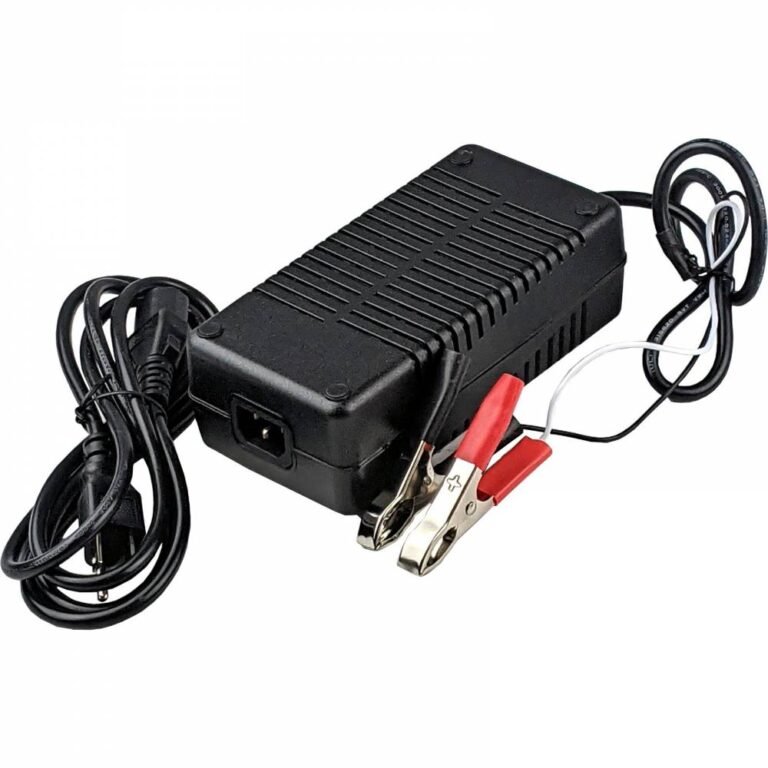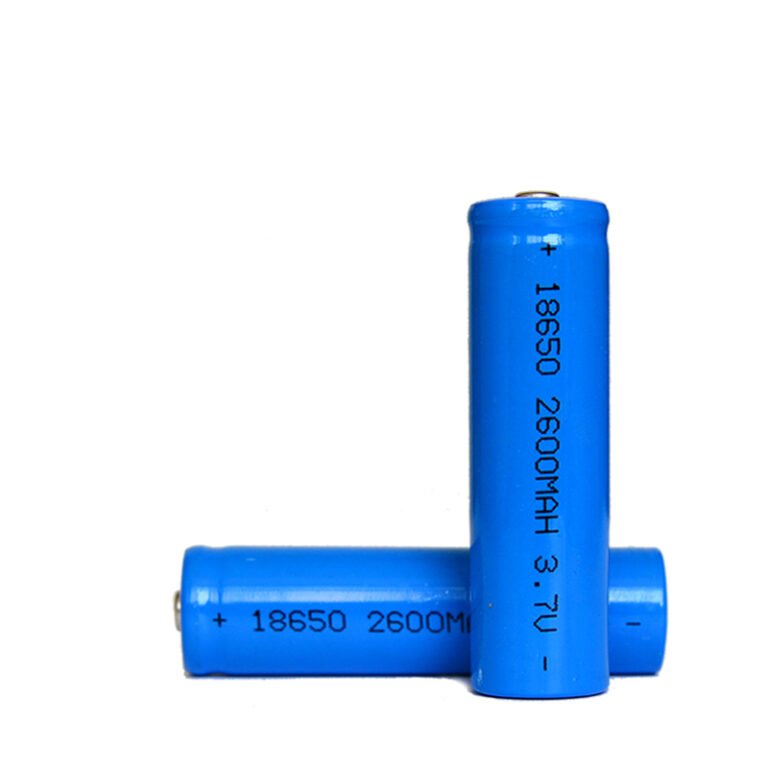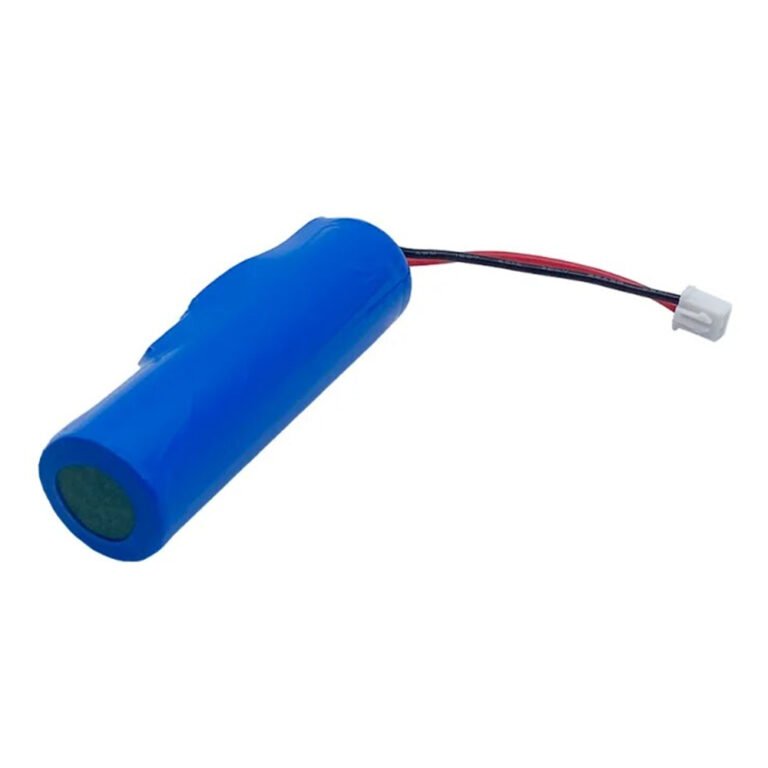18650 batteries are cylindrical lithium-ion rechargeable batteries that are commonly used in portable electronic devices. The name “18650” refers to the battery’s size, which is 18 millimeters in diameter and 65 millimeters in length. The battery’s cylindrical shape allows it to fit into a variety of devices, from flashlights and power banks to laptops and electric vehicles.
The 18650 battery is a popular choice for electronic devices because of its high energy density, which means it can store a large amount of energy in a small package. In addition, lithium-ion batteries are known for their high energy efficiency, long cycle life, and low self-discharge rate. This makes them a reliable and durable power source for a wide range of devices.
The 18650 battery was first introduced by Sony in 1991 as a replacement for nickel-cadmium (NiCad) batteries, which were commonly used at the time. Lithium-ion batteries like the 18650 offer several advantages over NiCad batteries, including higher energy density, longer cycle life, and lower self-discharge rate. This makes them a more environmentally friendly and cost-effective option for powering electronic devices.
The 18650 battery has become a standard size for lithium-ion batteries, and many manufacturers produce batteries of this size with varying capacities and performance characteristics. Some of the most popular 18650 batteries on the market include those made by Panasonic, LG Chem, Samsung, and Sony.
When select an 18650 battery, it’s important to take in consider on battery capacity, voltage, and discharge rate. Battery capacity refers to the amount of energy power it can store, typically it is measured in milliampere hours (mAh). Higher capacity battery could offer longer operating time, but it may also be heavier and more expensive.
The voltage of an 18650 battery typically ranges from 3.6 to 3.7 volts, but some high-performance batteries may have a voltage of up to 4.2 volts. The discharge rate of a battery refers to the rate at which it can discharge its energy, typically measured in amps (A). A higher discharge rate battery will be able to deliver more power, but may also have a shorter cycle life and reduced overall capacity.
In addition to considering the battery’s specifications, it’s also important to choose a reputable manufacturer and retailer when purchasing 18650 batteries. Counterfeit batteries are a common problem in the industry, and can pose a safety risk if they are not manufactured to the same standards as genuine batteries.
In conclusion, the 18650 battery size is a popular choice for lithium-ion batteries due to its high energy density, long cycle life, and low self-discharge rate. When selecting an 18650 battery, it’s important to consider the battery’s capacity, voltage, and discharge rate, as well as choose a reputable manufacturer and retailer. With the right battery, electronic devices can be powered reliably and efficiently for years to come.
Related Battery
- What 18650 Battery is the Best
- Sony Us18650vtc6 3000mAh 10C Vtc6 30A 3.7V 18650 Battery Cell Murata 18650vtc6 High Drain for Vape Electric Bicycle Scooter
- Molicel High Discharge 18650 2500mAh 20A 2600mAh 35A 2800mAh 40A 4200mAh 45A 21700 2000mAh 20A P26A P28A P28B
- 18650 Lithium Ion Battery Cell 3000mAh 3C 5C 500 Cycles






